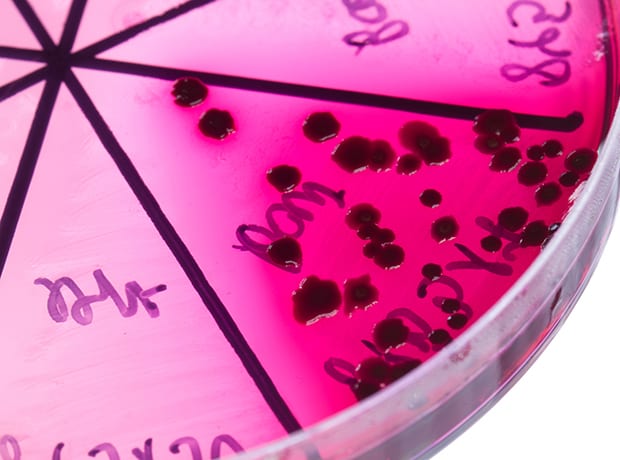At the peak of the COVID-19 pandemic, clinical research capacity may have been slashed by up to 87% in England, according to a new study led by UCL academics.
The research, published on PLOS One, estimated that at a population infection rate of 10% – at the peak in April, for over a month – less than 400 of the 3,200 (13%) full-time clinical academics in England would be available to carry out any research.
“The urgent need for clinicians to be on the frontline at the height of the COVID-19 pandemic is likely to have resulted in major shortages of clinical academics (doctors with combined roles in medical care and research),” said lead author, Dr Amitava Banerjee (UCL Institute of Health Informatics).
“A major part of the global response to COVID-19 continues to be the research response, whether clinical trials of new treatments and vaccines, or epidemiologic studies of at-risk populations in intensive care units. Clinical academics are vital to this research effort and “translating” discoveries to patient care.”
The team of researchers from UCL, University College London Hospitals, Health Data Research UK (HDR UK), Ospedale Papa Giovanni XXIII Hospital (Bergamo, Italy) and Minneapolis Heart Institute (USA), based their model on the infection rate in England’s population, strain on the healthcare system and availability of clinical academic staff.
At a 10% infection rate, the model showed that it would have taken until early July to recover to 80% of usual clinical academic capacity, and potentially until October or November if the population infection rate was allowed to rise to 40%, the researchers said.
“Even though it seems that there is a lot of COVID-19 research happening in the UK and worldwide, academic capacity has been affected and needs to be planned and preserved, not just for COVID-19 studies, but also work relating to non-COVID-19 diseases,” said Dr Banerjee. “This is highly relevant to ongoing efforts to keep infection rates down and potential second waves of infection.”










